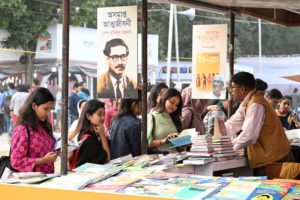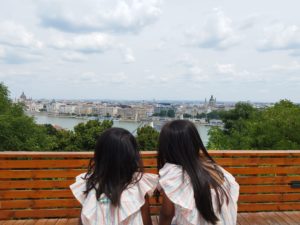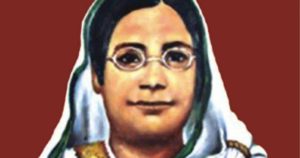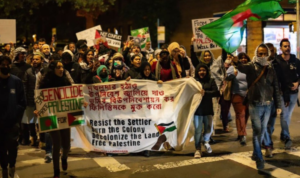Rajshahi
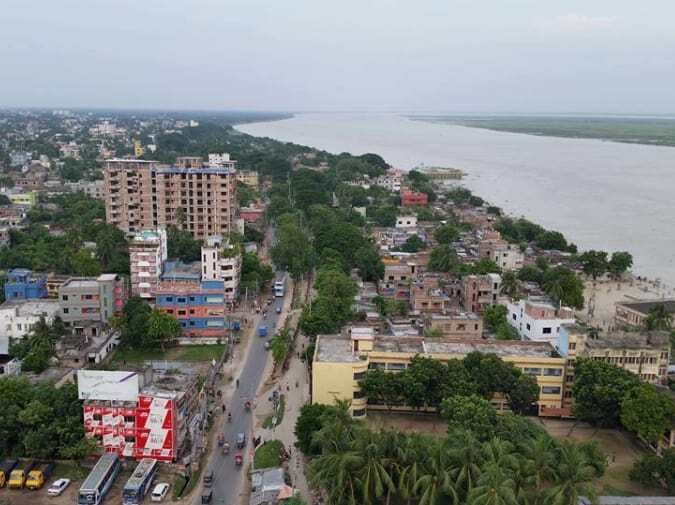

Historically, called Rampur Boalia, nicknamed the Silk City or the City of Education, Rajshahi is a metropolitan city and a major urban, commercial, and educational center.
The city is also the administrative seat of Rajshahi division and district.
Rajshahi is located on the north bank of the Padma River, near the Bangladesh-India border.
The city has a population of over 2,377,314 residents and considered one of the cleanest and greenest among the cities in Bangladesh.

Rajshahi is famous for trade in many exotic items, such as pure silk, mangoes, and lychees. Silk is cheaper in this city than anywhere else in the country.
Although located in the riverbank and being an important city, industrial development isn’t as developed as other industrial cities.
The city is also home to jute, textile, sugar mills, pharmaceuticals, and
mango-based industries. Two 50 MV power plants have been built to meet the growing demand for electricity.
The family structure is patriarchal in which daughters cannot claim any share of her paternal property but only male children can, unless there is no male family.

The city is home to many government and private educational institutions, such as Rajshahi College which is the third oldest college in BD. Rajshahi medical college is the second oldest medical college even while as East Pakistan.
The University of Rajshahi is the second oldest and one of the largest public universities in the country. Rajshahi
Engineering College, aka RUET, was the second engineering college established while as East Pakistan in 1964.
The literary rate is 74.1%, much higher than the national average.

Bengali is the main language, but many distinctive Bengali dialects are spoken. There is a minority Urdu-speaking population, who are descendants of displaced Muslims from eastern part of British India who sought refuge during the partition.
Islam makes up about 86% of the population, 13% following Hinduism, and 1% following Buddhism, Jain, Sikh and Christianity.
The district itself was part of the Pundra region of ancient Bengal ruled by the Pundra Kingdom, the country of the Pods, whose capital was Mahasthan.
During the medieval times, the region was called Rampur Boalia, and the origin of the current name is debated by scholars.
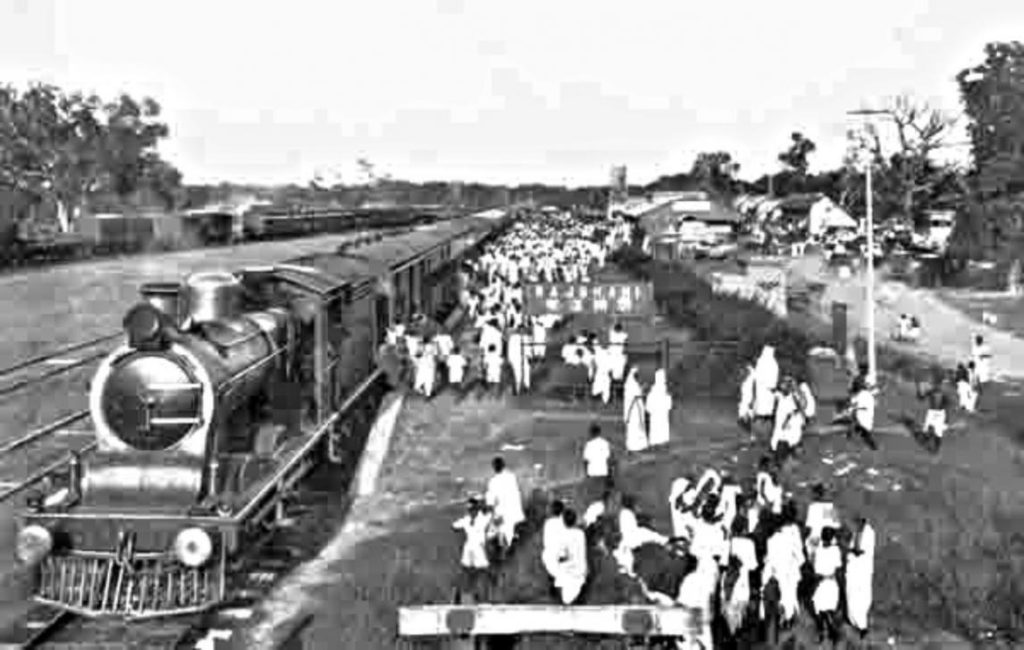
But most say the name comes from from Hindu kings (Raj) and the Persianized name of kings (Shahi).
Rajshahi became an administrative district in 1772 and the municipal corporation in 1876. But before, the region was dominated by Maharajas, Rajas, and Zamindars.
During the British reign, the region was known as Beuleah, and was the administrative headquarters for the Rajshahi district in Eastern Bengal and Assam.

However, most of the public buildings were damaged as a result of an earthquake on June 12, 1897. Throughout the early 20th century, there was a daily steamer service on the Ganges which led to the capital of Calcutta to other provinces of Bengal.
During the Liberation War, Rajshahi saw a lot of atrocities from the Pakistani Army including the 1962 Rajshahi massacres.
The 1962 Rajshahi massacres took place in April 1962, which was marked by widespread ethnic violence and killings of minorities, mostly Hindus and Buddhists in Rajshahi and Pabna districts.
More than 3000 non-Muslims were killed.

In 1958, Ayub Khan led military junta that came to power in Pakistan, and from the very beginning wanted to implement a policy of ridding East Pakistan of Hindus and other minorities.
On March 22, 1962, an ethnic riot broke out between the Santhals and the Muslims in the Malda district of West Bengal, which the Santhals shot dead three Muslims.
However, the Pakistani press exaggerated the figures and started broadcasting false stories of atrocities in India.
Due to the inflammation, Bengali Hindus and ethnic minorities were attacked in the Rajshahi Division, and the District Magistrate didn’t take any steps to stop the attacks, killings, rape, lootings, and arson which continued for days.

The Assistant High Commissioner in Rajshahi and the Indian Assistant High Commission helped alleviate the massacre. However, the Pakistani government whipped up war hysteria and putting the India Assistant High Commission under military guard.
As a result, 11k Santhals and Rajbanshis migrated to India after this. A lot of freedom fighters also lost their lives during the liberation war in Rajshahi. The largest mass grave in BD is located on the campus of the University of Rajshahi.
In current events, Rajshahi became a city corporation in 1991.
Read More
The Legacy of Boi Mela
Every year in February, the month-long national book fair welcomes...
Read MoreMillennial Amma: How to Explain a Global Crisis As a Parent
Rumki Chowdhury shares tips for how to talk to children...
Read MoreBegum Rokeya’s Millennials
A tribute to a pioneering Bengali feminist writer, educator and...
Read More